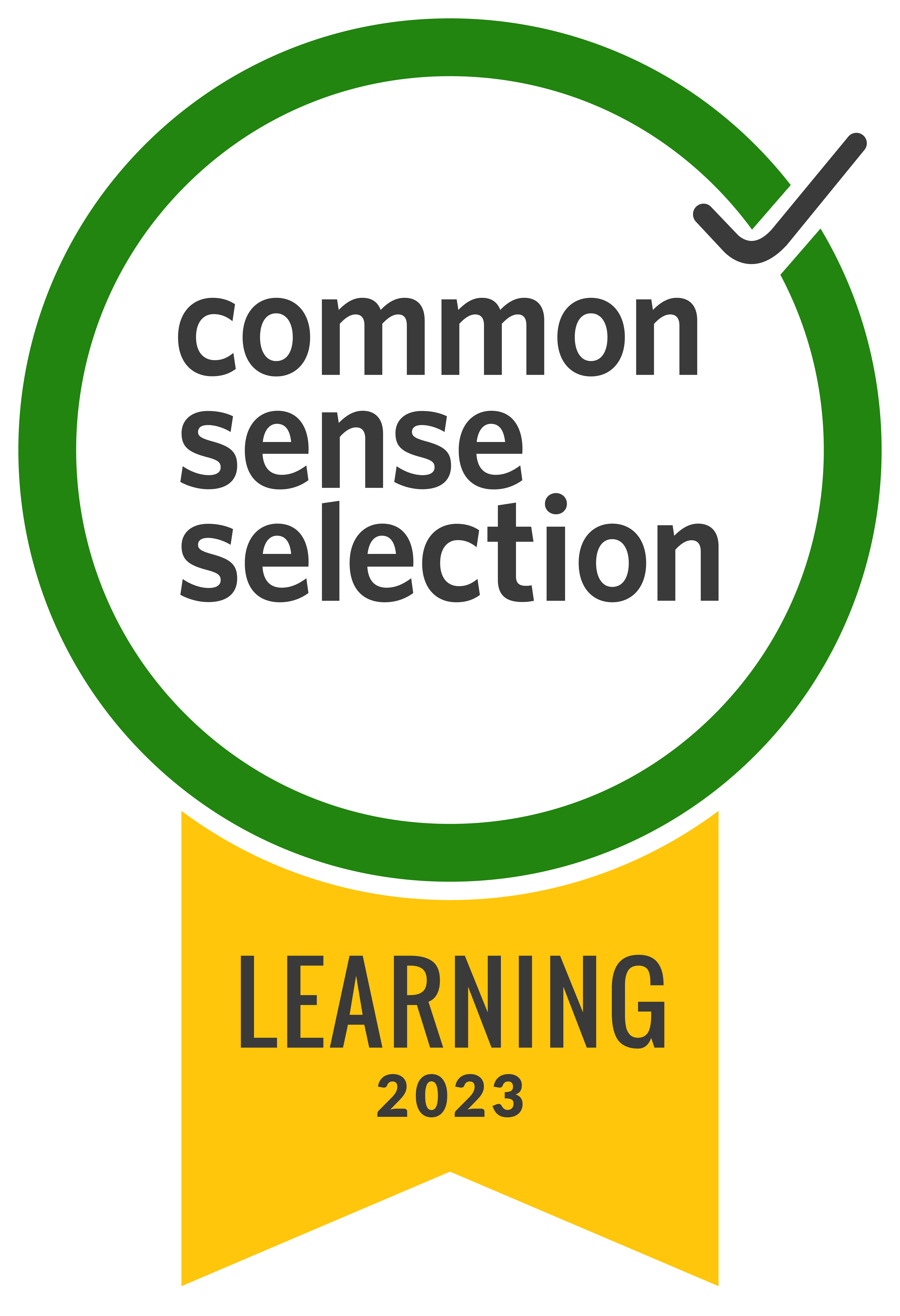The future of K-12 learning is poised to be shaped by several key trends, all geared toward creating a more inclusive, personalized, and adaptive learning environment. Here’s a look at some anticipated developments:
Personalized and Adaptive Learning
AI and Data-Driven Customization: AI will increasingly tailor learning experiences based on each student's strengths, challenges, and learning pace, making it possible for students to progress individually and receive support where needed.
Flexible Curriculum Paths: With technology, students can navigate learning paths aligned with their interests and goals, which can increase engagement and motivation.
Universal Design for Learning (UDL) and Accessibility
Inclusive Tools and Practices: The continued implementation of UDL principles means that K-12 environments will increasingly accommodate all learners, including those with disabilities or varied learning needs, through accessible tools and resources.
Video and Multimodal Learning: Tools like Screencastify will support more accessible representation of knowledge, allowing students to learn and express their understanding in ways that best suit them, whether through visual, auditory, or kinesthetic modes.

Increased Role of Technology in the Classroom
Video and Augmented Reality (AR): Video will play an essential role in not only delivering content but also enabling students to produce their own videos, strengthening comprehension through teaching and sharing. AR will further enhance this by providing immersive experiences that bring complex concepts to life.
Hybrid and Blended Learning Models: Technology will facilitate a flexible mix of in-person and online learning, enabling students to learn beyond traditional school hours and locations.
Focus on Skills Beyond Academics
Emphasis on Social-Emotional Learning (SEL): Schools are recognizing the importance of SEL in student development, with tech tools and AI helping educators monitor and support students’ emotional and social needs.
21st-Century Skills Development: Collaboration, creativity, critical thinking, and digital literacy are being emphasized, equipping students with the skills to succeed in a dynamic workforce.
AI as an Educational Tool
Enhanced Feedback and Tutoring: AI-powered tools can provide instant feedback to students, guide them through complex problems, and act as tutors, supporting teachers in addressing diverse learning needs.
Teacher Support: AI will increasingly assist teachers in administrative tasks, planning, and personalized lesson recommendations, freeing educators to focus on more meaningful, direct interactions with students.
Increased Focus on Digital Citizenship and Safety
With digital learning becoming integral, educating students on safe, respectful, and responsible online behavior will be prioritized, equipping students with skills to navigate the internet and technology responsibly.
Learning Analytics for Informed Decision-Making
Data-Driven Insights: Learning analytics will give educators and administrators a better understanding of student progress, attendance, and engagement. This data-driven approach will help tailor teaching strategies and identify students needing additional support sooner.
Greater Emphasis on Community and Global Learning Connections
Global Classrooms: Technology will foster collaboration with peers and experts worldwide, helping students gain a broader perspective and fostering cross-cultural understanding.
Community Involvement: Schools will integrate more with local communities, where students can engage in projects that contribute to real-world problem-solving, making learning more relevant and impactful.
As these trends evolve, K-12 education will become more student-centered, equipping students to thrive in a complex, tech-driven world while meeting their unique learning needs. The role of educators will remain central, with teachers becoming more like facilitators who guide, support, and inspire students in a rapidly changing learning landscape.
.svg)

.png)

